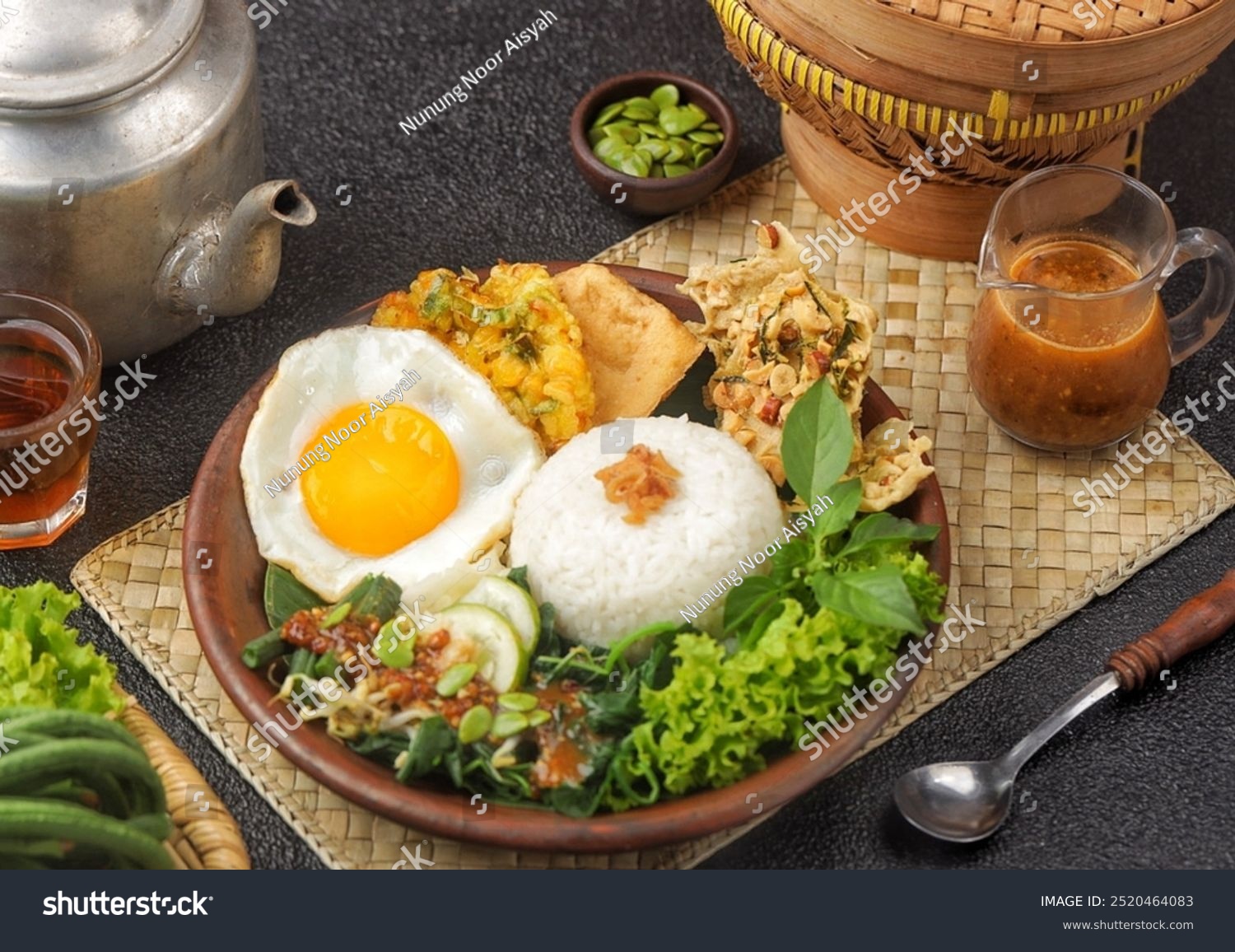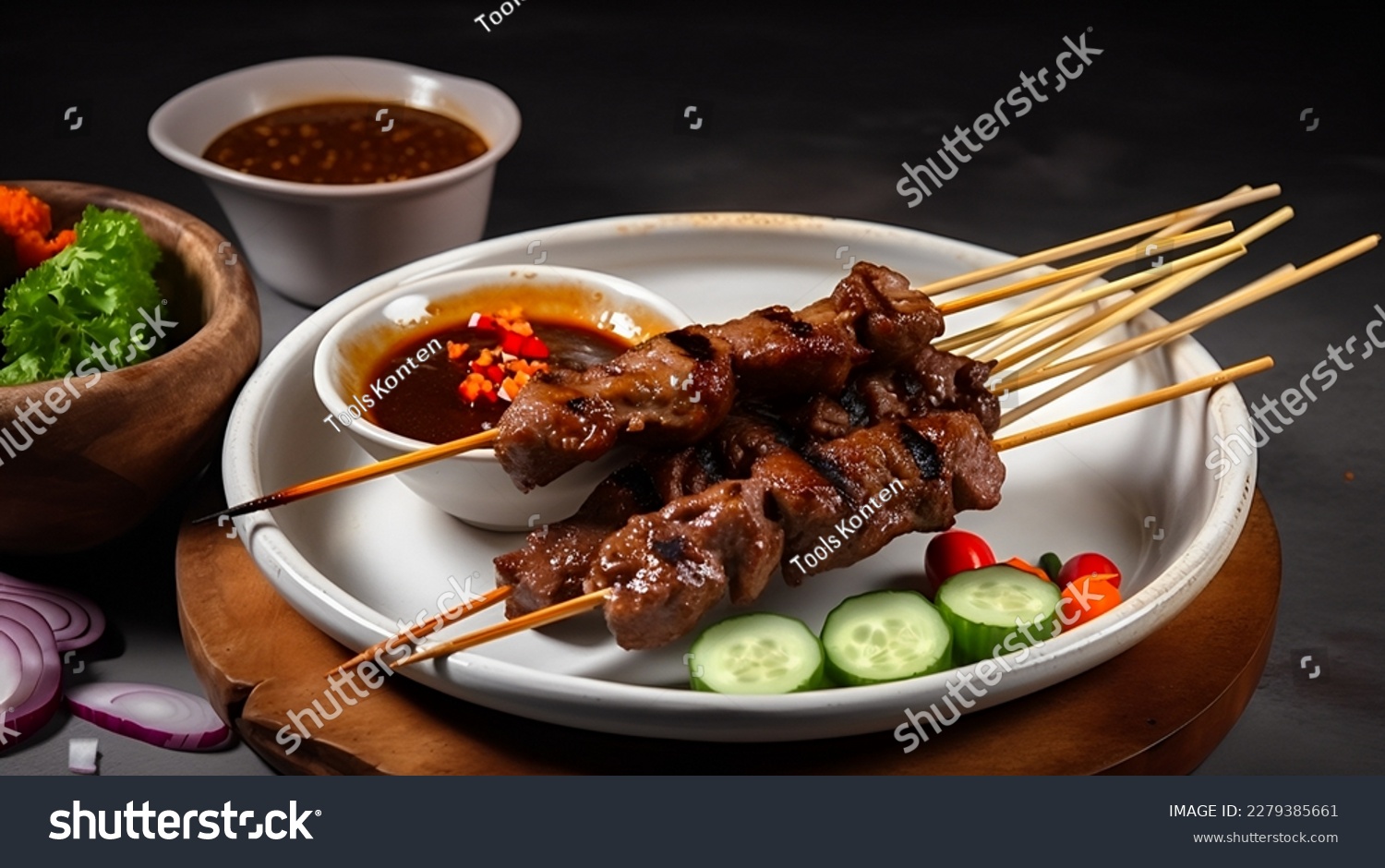A guide to Indonesian cuisine
The air is thick with the scent of smoldering charcoal, a haze of smoke curling upward as vendors fan the flames of open grills. Somewhere, the rhythmic clang of a wok against metal echoes through a crowded alley. A motorbike hums past, its rider balancing a stack of woven baskets filled with fragrant rice. This is Indonesia in all its sensory richness—a nation where food is not merely sustenance but a narrative, a conversation between past and present, an unbroken thread that binds its islands together.
From the neon-lit markets of Jakarta to the sleepy coastal warungs of Bali, Indonesian cuisine is a study in contrasts. It is sweet and fiery, delicate and punchy, earthy and intoxicatingly complex. It is the fusion of indigenous traditions with centuries of Chinese, Indian, Arab, and Dutch influences, a testament to the archipelago’s role as a global crossroads. Yet, despite its vast diversity, the defining feature of Indonesian food is balance—a careful interplay of flavors where no single note overwhelms the others.
Step into any bustling street market, and you’ll find a mesmerizing array of dishes. Nasi goreng, a smoky, caramelized fried rice laced with kecap manis and topped with a fried egg, sizzles in well-seasoned woks.

Gado-gado—a vibrant medley of crisp vegetables, tofu, and peanut sauce—offers a momentary reprieve from the chili-laden heat of other dishes. And then there’s rendang, that slow-cooked, spice-laden dish of West Sumatra, deeply infused with coconut milk and aromatic spices.
Yet, among the countless offerings of Indonesia’s culinary repertoire, there is perhaps nothing more widely liked than satay. Skewered and grilled to charred perfection, the meat—be it chicken, beef, or lamb—carries the lingering whisper of smoke. The key to its depth of flavor is in the marinade: a heady mix of turmeric, coriander, and lemongrass, each bite a testament to the power of spice. It is served with a side of spicy salad, cucumber, and a dipping sauce that melds the deep umami of soy with the slow-burning heat of chili. Though satay exists in countless variations across Southeast Asia, nowhere is it quite as refined as in Indonesia, where even the simplest roadside stall can turn out skewers so meticulously prepared they could elevate the tables of a top-tier restaurant.

Indonesia’s deep connection to spice is best understood in its sambals—those fiery, intensely flavorful chili pastes that can transform even the simplest dish into something extraordinary. There are over 200 varieties, from the slow burn of sambal terasi, laced with fermented shrimp paste, to the citrusy sting of sambal matah, a Balinese favorite heavy on lemongrass and shallots. These condiments are not mere accompaniments but integral components of the meal, as essential as rice itself.
In Java, the heartland of Indonesia, rice is the foundation of every meal, and one of its standout dishes is nasi pecel. A humble yet deeply satisfying meal, it consists of rice crowned with pecel—a vibrant peanut sauce infused with kaffir lime leaves, garlic, and tamarind. Blanched morning glory, long beans, and bean sprouts provide a crisp contrast to the silky, nutty sauce, while a side of rempeyek, a delicate peanut-studded cracker, adds crunch. It is a dish born of simplicity but elevated by technique, each ingredient carefully balanced to create something greater than the sum of its parts.
Indonesian cuisine is, at its core, a celebration of locality. From the rich coconut-milk stews of Sumatra to the seafood spreads of Sulawesi, the country’s 17,000 islands offer a tapestry of flavors shaped by geography and tradition. In Bali, babi guling—spit-roasted pig seasoned with turmeric and coriander—is a dish reserved for ceremonies, while in Yogyakarta, the city’s signature gudeg, a slow-cooked jackfruit stew, carries a sweetness that reflects the Javanese preference for sugar-laced delicacies. Each dish tells a story, a glimpse into the rhythms of daily life and the hands that have shaped it for generations.
And then there are the desserts—lesser-known yet equally captivating. Klepon, those emerald-green glutinous rice balls filled with warm palm sugar, their coconut-dusted exterior giving way to a syrupy core. Es teler, a confection of avocado, jackfruit, and young coconut swimming in condensed milk and crushed ice, provides a taste of tropical indulgence. These are sweets that demand to be eaten slowly, savored as the final note in a meal that lingers long after the last bite.
To understand Indonesian food is to understand Indonesia itself—its history, its people, its spirit. There is no singular definition of its cuisine, no rigid set of rules. Instead, there is a mosaic of tastes, shaped by centuries of migration and adaptation, where tradition and innovation coexist in harmony. The best way to truly appreciate it is by indulging in its flavors.
For those seeking an insider’s journey into the culinary soul of Bali, A Chef’s Plate Bali Food Tour offers an unparalleled experience. This immersive evening adventure leads diners through the lesser-known culinary hotspots of Denpasar, where street vendors and warungs known only to locals unveil the island’s most prized flavors.
The journey begins with simple yet remarkable offerings—crispy pisang goreng, Indonesian-style sate, and fried ote ote chicken and seaweed fritters. But the true magic unfolds with the more intricate dishes: Balinese ayam betutu, a slow-roasted, spice-infused chicken dish, and soto babat, a rich Javanese beef tripe soup served in a wooden shack that has been welcoming diners since 1969. The culinary expedition continues with tipat tahu, fried tofu drenched in peanut sauce, and an array of other culinary discoveries waiting to be savored.
Between bites, guests partake in a Balinese blessing along Denpasar’s backstreets, sip fiery shots of arak, and wander through the local produce market to gain a deeper understanding of the ingredients that define Balinese cooking. The tour concludes with a sweet crescendo in a bustling night market, ensuring that every sensory note of this gastronomic journey lingers long after the evening ends.
Far from the beachside resorts, this experience delves into the heart of Denpasar’s thriving food culture, where true flavors flourish. It’s an invitation to taste Bali as the locals do—a culinary journey that promises to leave a lasting impression on any devoted food enthusiast.







